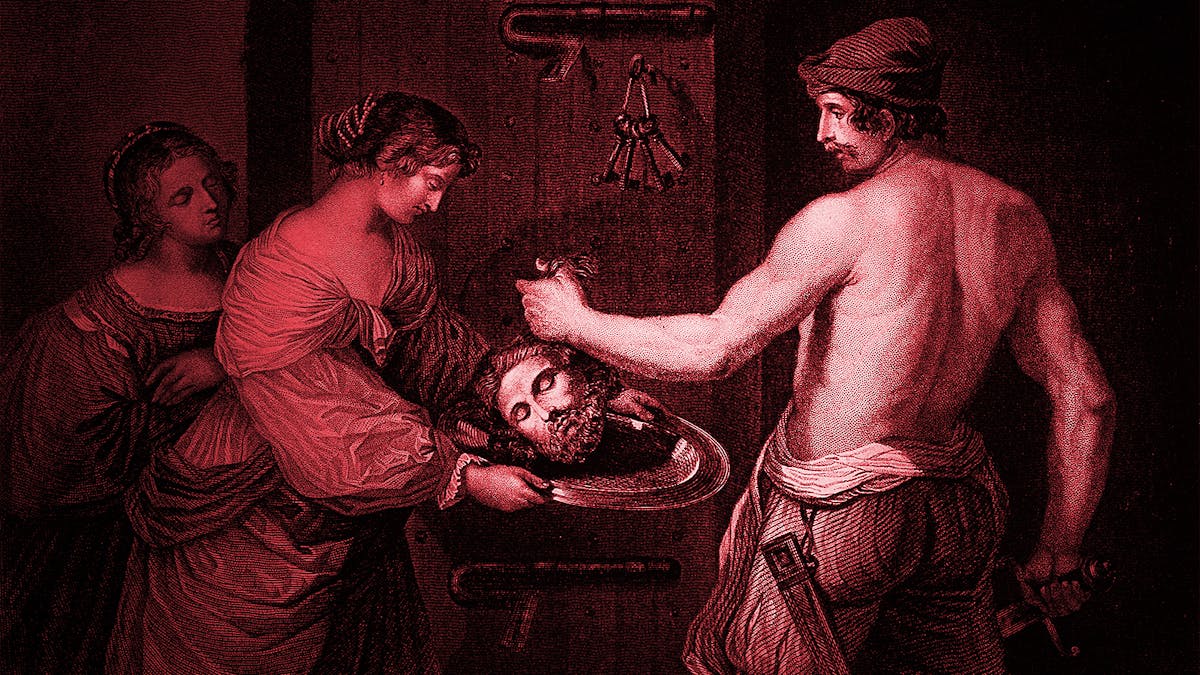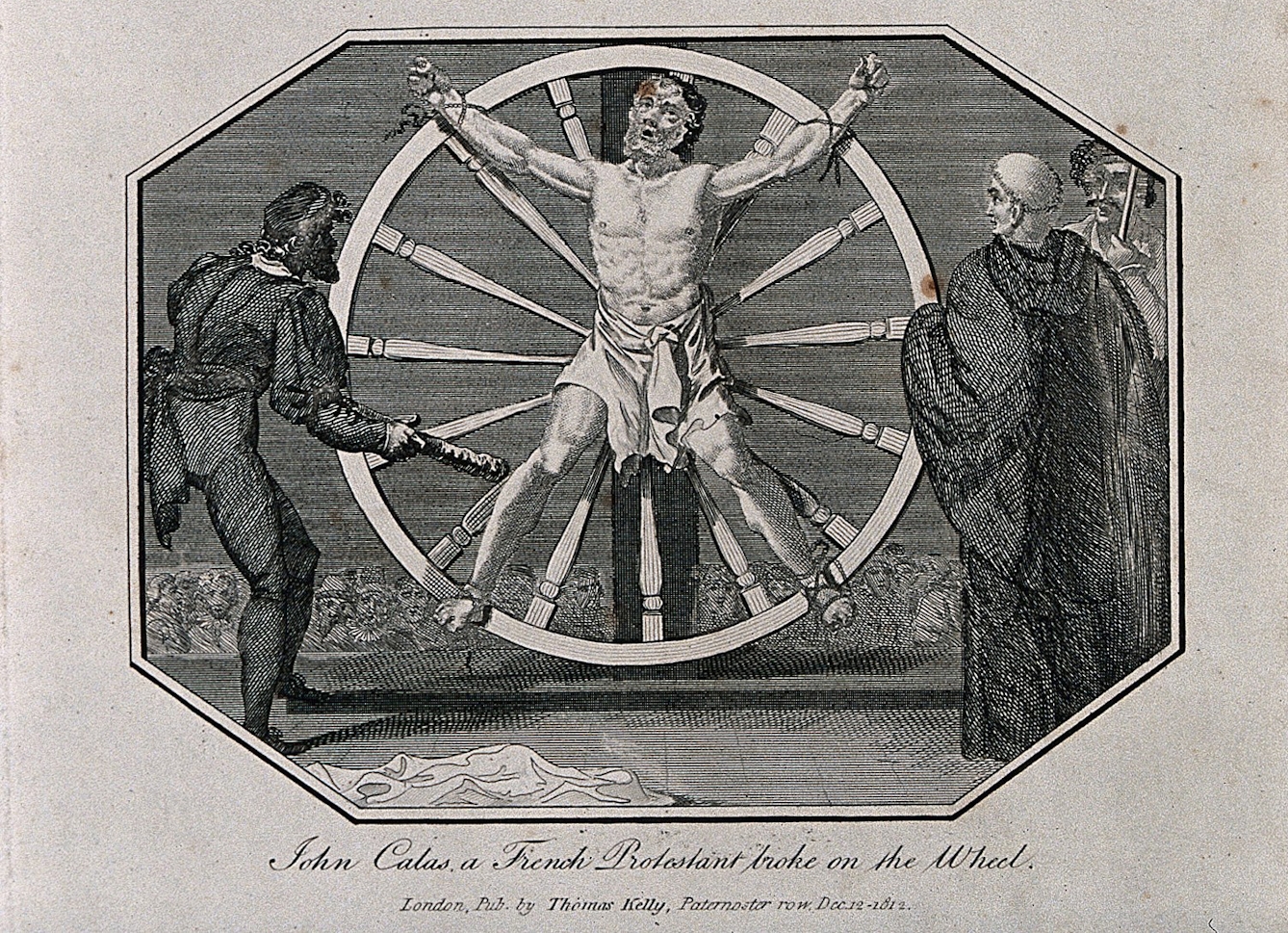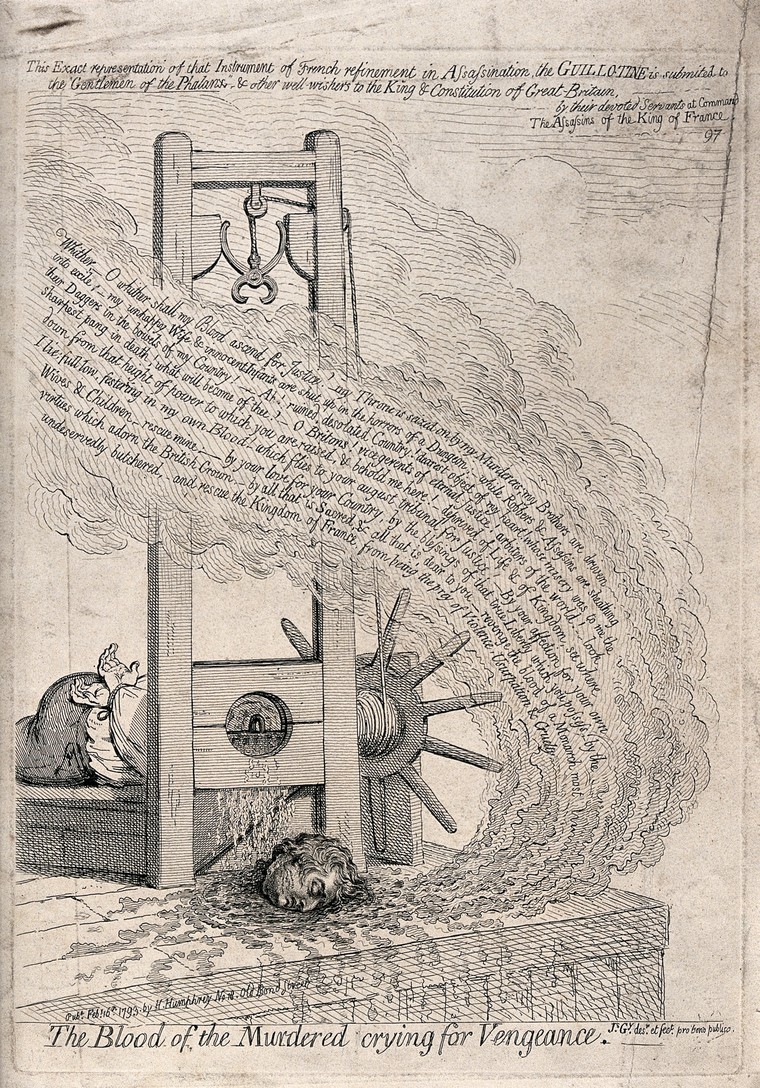In the first of a two-part exploration of the head, we explore how it has affected language and influenced capital punishment.
The philosopher Alan Watts once said that most Western people think of themselves as existing somewhere between the eyeballs and the ears, inside their head, driving their bodies around.
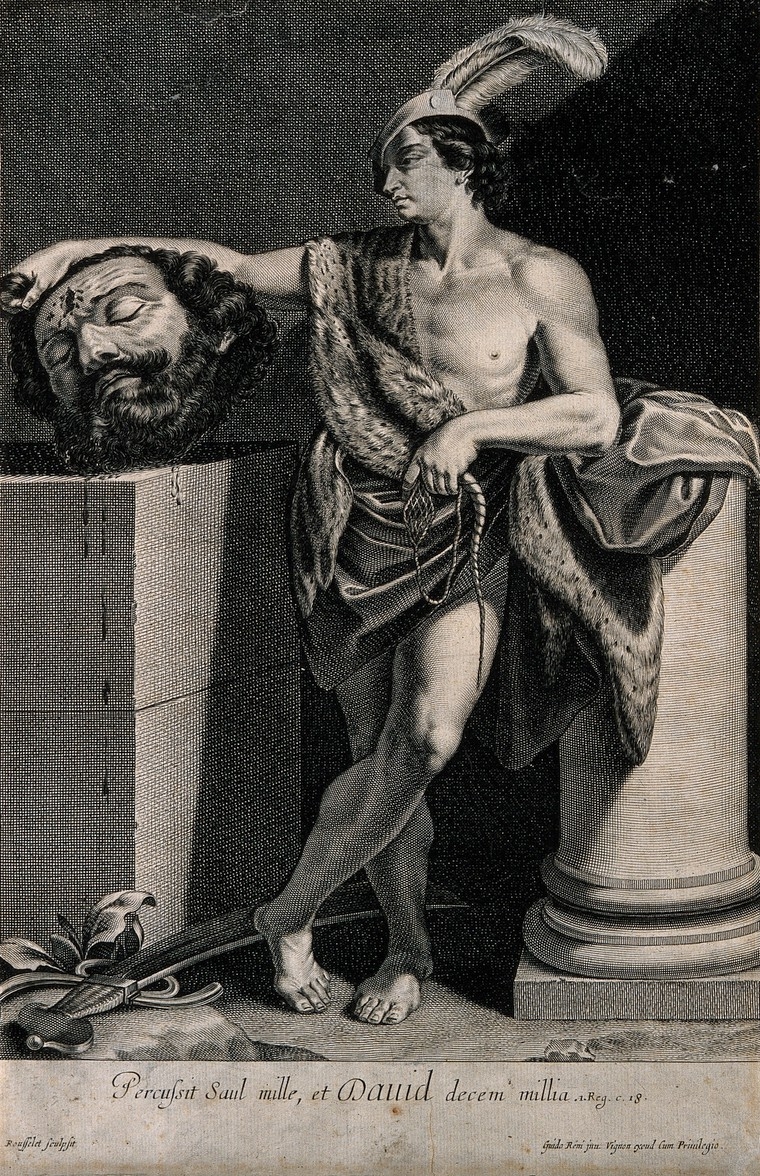
David rests his hand on Goliath’s severed head.
Some civilisations have located the soul, or the self, in other areas of the body. The Ancient Egyptians believed the seat of intelligence was the heart, giving little status to the brain: they didn’t even bother to embalm it after death, instead scooping the brain out and disposing of it. Plato believed a tripartite soul resided in the head, heart and liver. But in our neurocentric times we most often see ourselves firmly as residents of the skull.
Our most important part
In some ways it seems strange to focus on the head so much, the little nut on top of a tall mound, but considering the head contains most of the sensory organs with which we form our subjective reality, and with which many of us communicate our worldly experience, it’s easy to see why we are such a head-centric society.
Our language reveals just how important heads are to us in the general scheme of things: head teacher, head of state, head chef, head table, headline, headstrong… all examples of how the word ‘head’ has come to mean the important part of a larger whole.
The word ‘capital’, itself from the Latin for head, is also significant: capital letter, capital city and, of course, the way we talk about money as capital within our current economic system of capitalism (the individual units of money, like coins and notes, also contain a head portrait of the head of state).
However, there are other phrases that cast doubt on how far we should trust our bonces. “It’s all in your head”, for example, suggests that our brains may not be that reliable after all and perhaps we would do better to “follow our hearts”.
Honour and symbolism
It follows that if the most important part of the body is the head, then to decapitate a person (perhaps under the auspices of capital punishment) is a strong statement indeed. Decapitation has been a common form of execution all over the world and still continues to be practised in many countries today.
Famously, after decapitation, the heads of traitors were skewered on spikes outside the Tower of London, a gruesome political statement of the power of the state and a warning to would-be deviators from the status quo. Cutting off someone’s head is a highly symbolic, political act. It’s hard to imagine the same sort of control and fear of the state being communicated if a severed hand or leg were impaled on a spike.
We may view decapitation to be a brutal and gory method of execution (with good reason), one that in a contemporary context shocks and disgusts our cultural sensibilities. However, historically it was seen as a slightly more honourable way to die, preferable to the usual torture, drawn-out dismemberment and ritual humiliation common in medieval and early modern execution. In contrast, decapitation was considered quick and merciful, and was usually reserved for nobility.
Inscription reads: “John Calas a French Protestant broke on the Wheel.”
How quick and how merciful it was, though, was usually determined by the skill of the executioner with their axe or broadsword. Unfortunately, the executioner’s prowess rarely matched their ambition, with the intended mark often missed, resulting in many messy blows needed to get the head off.
The painless execution
In France 1789, a physician named Joseph-Ignace Guillotin suggested the use of a machine that decapitated condemned prisoners painlessly, as opposed to the laborious hacking of a traditional sword beheading or the more commonplace, and barbaric, breaking wheel. The guillotine, as it became known, became the icon of the Revolution, responsible for separating the heads from the bodies of tens of thousands of people.
Ironically, Guillotin himself was against capital punishment and didn’t even invent the machine, but hoped its introduction would lead to the gradual end of the death penalty in France. Unfortunately this was a slow process, with the cold neatness of le rasoir national proving to be more popular than suspected. The last beheading by guillotine in France took place as recently as 1977.
In pictures
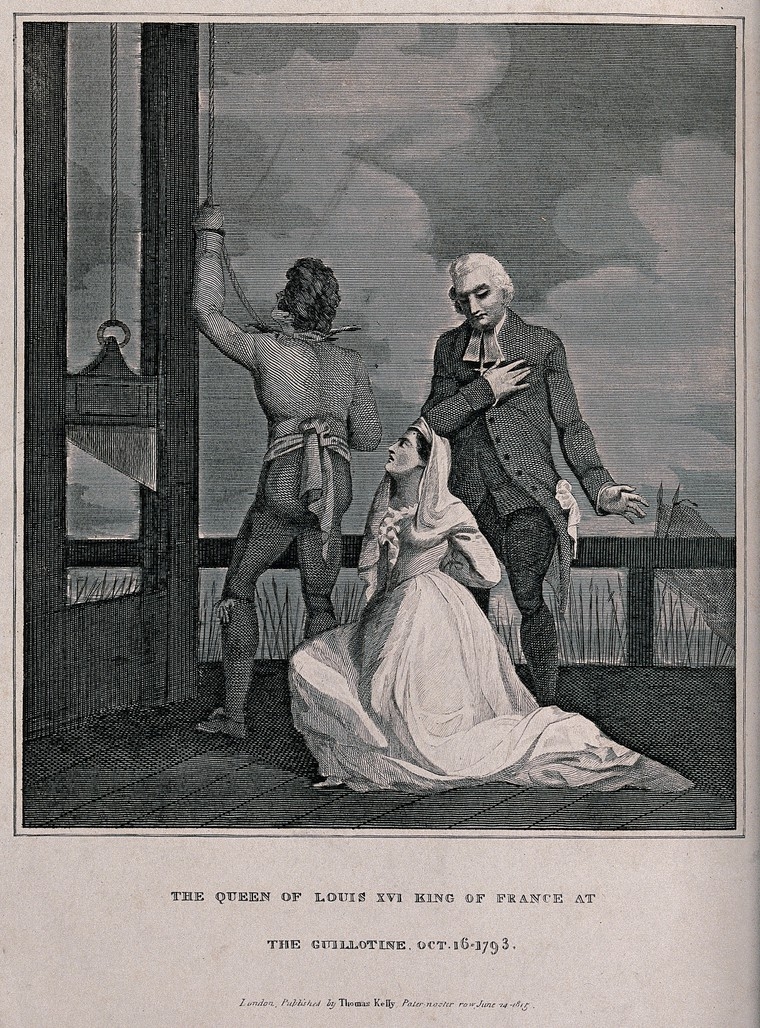
Marie Antoinette, Queen of France, kneeling before the guillotine next to her confessor on the day of her execution, 16 October 1793.
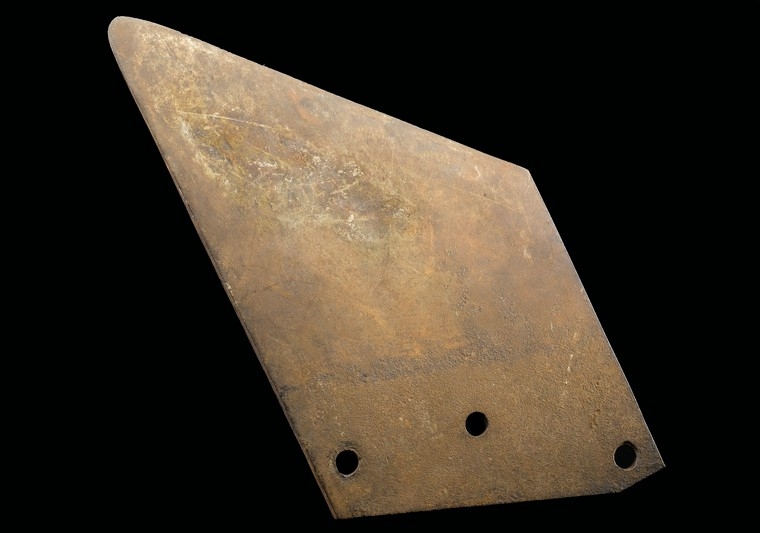
In the wake of the French Revolution, Jean-Baptiste Carrier became a cruel and sadistic leader whose murderous actions were extreme even for those violent times. But he too stepped out of line and was sentenced to death. On 16 November 1794 this actual blade swiftly removed his head.
The head of a man cut off by a guillotine.
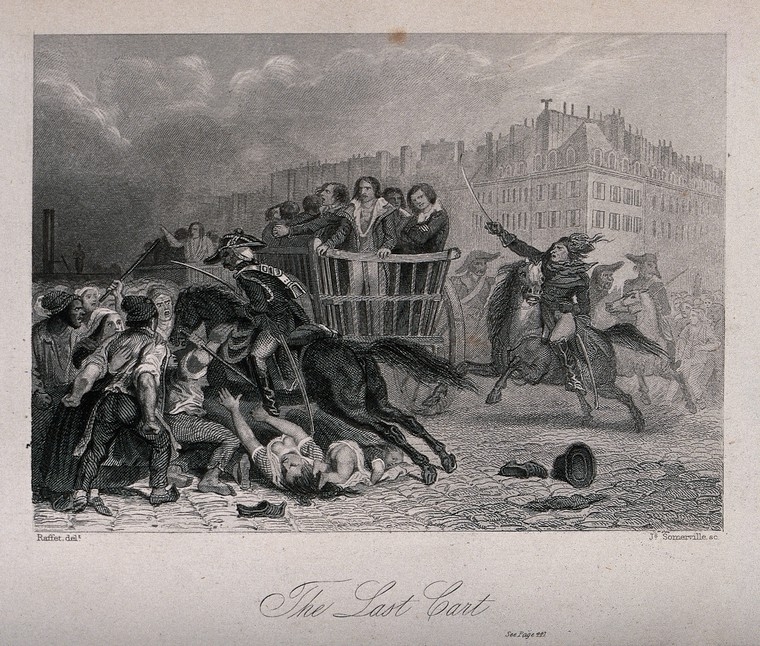
Prisoners are driven on a cart to the guillotine.
About the author
Rob Bidder
Rob Bidder is an artist, person-centred counsellor and educator based in Glasgow.
